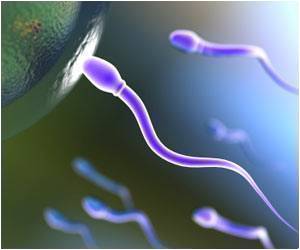Human germ cell development in the laboratory helps to discover the mechanisms throughout the entire developmental process from embryo to adult.

"By further reconstituting human germ cell development in vitro, we may be able to discover the mechanisms throughout the entire developmental process from embryo to adult," said lead researcher professor Mitinori Saitou.
The underlying mechanisms of early germ cell development in humans have remained unclear because of a lack of robust experimental methods as well as inherent difficulties with studying human embryos.
In a promising breakthrough, published in the journal Cell Stem Cell, the research team recreated human germ cell development in the laboratory, revealing specific key elements and events that occur at the beginning of human life.
To date, most such research has been restricted to mice.
While this work provides useful information that is generally applicable to mammals, there has still been a lack of information specific to humans.
Advertisement
The scientists gained insight into how epigenetic marks - traits that are inherited without changes to the DNA sequence - are "erased" at the beginning of germ cell development.
Advertisement
Source-IANS









